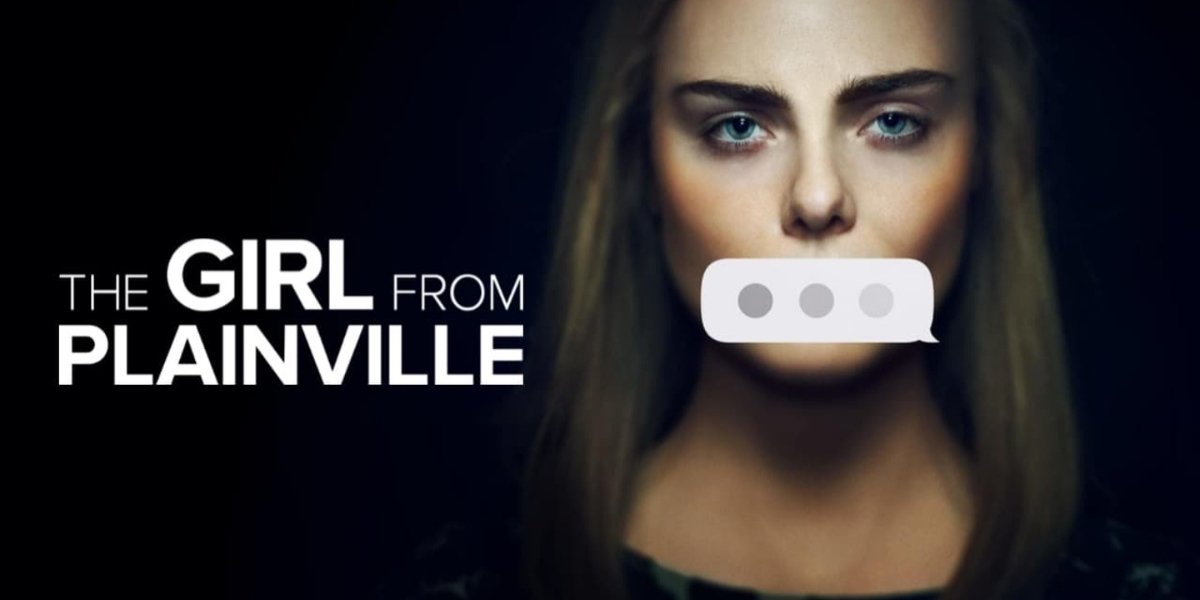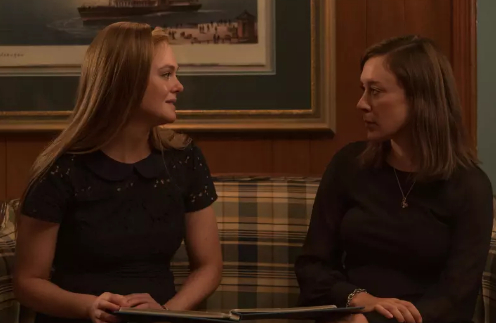Elle Fanning stars as Michelle Carter in “The Girl From Plainville,” which premieres on Hulu on Tuesday. Michelle Carter made headlines in 2015 when she was charged with involuntary manslaughter for inciting her lover, Conrad Roy III (Colton Ryan), to commit suicide.
The ensuing trial (historical fact spoiler alert), in which Carter was found guilty, became national news, with well-researched magazine articles and barely educated social media posts. It’s also the topic of the two-part HBO documentary “I Love You, Now Die: The Commonwealth vs. Michelle Carter,” which premiered in 2019, and the 2018 Lifetime film “Conrad & Michelle: If Words Could Kill,” which premiered in 2018. At the moment, she seemed to be simple to despise.
Michelle and Conrad, nicknamed Coco by his family, met in person while on vacation in Florida; they lived close enough to one other in Massachusetts to continue their connection remotely, primarily through texts, a rush of words from which they formed a disastrous bubble. The bulk of the case was made up of these texts, which showed Conrad’s resolve to kill himself and Michelle’s willingness to help or force him to do so.
Michelle’s conviction was based on a text she sent to a friend confessing (or alleging) that she was to blame for Conrad’s death: “In the middle of gassing himself in a truck in a Kmart parking lot, he became terrified and jumped out,” Michelle wrote, and she told him to get back in.”
The new miniseries, created by Liz Hannah (“The Post”) and Patrick Macmanus (“Dr. Death”), is thoughtful and intelligent, with Lisa Cholodenko (“Unbelievable”) directing the first two episodes. It’s longer than it needs to be, at eight episodes, like most such episodes in the Hook ‘Em and Hold ‘Em streaming era, but individual moments are well written and well done, with very little fluff. There is no sensationalism or condemnation in the tone. It appears to be in good condition. It touches on the most important factual foundations, with the usual narrative alterations. (Michelle is represented as 18 at the time of Conrad’s death, despite the fact that she was a year younger.)
Conrad and Michelle’s text discussions are recreated face to face – in each other’s bedrooms, on a country road late at night against a chorus of crickets, on a pier, and so on. (We quickly figure out that they aren’t genuinely together based on context clues.) It’s a sensible alternative to making the audience read the texts or having them read in voice-over, and it allows the performers to add emotional context and dramatic shape to conversations, allowing “The Girl From Plainville” to be a love tale rather than a crime storey. It presents an argument that is distinct from what one would have read in the news.
There’s nothing wrong with this from an artistic standpoint; it’s a kind of epistolary play within a play, similar to “Love Letters.” And interpretation is a necessary component of the process. There are numerous methods to perform Romeo and Juliet, and any directions Shakespeare left for posterity must be derived from the text itself. However, as history, “Plainville” is inextricably a Hollywood miniseries, filtered through the authors, directors, actors, and everyone else involved in the production. It is only partially true, despite the fact that it is essentially true.

The series, which covers the police investigation, trial preparation, and courtroom scenes, is divided into two parts, the first of which begins with Conrad and Michelle’s meeting and the second of which begins with the finding of his body. Slow motion, narrow focus, sunlight, and scenes of nature are used to suggest Conrad’s frame of mind on his penultimate day in an episode that doesn’t hold back on poetic license or a few aesthetic flourishes. With their phones and headphones, adults may have some views about children these days, and “The Girl From Plainville” is pleased for you to have them.
For the latest Entertainment News follow BOL News on Google News. Read more on Latest Entertainment New on oldsite.bolnews.com


